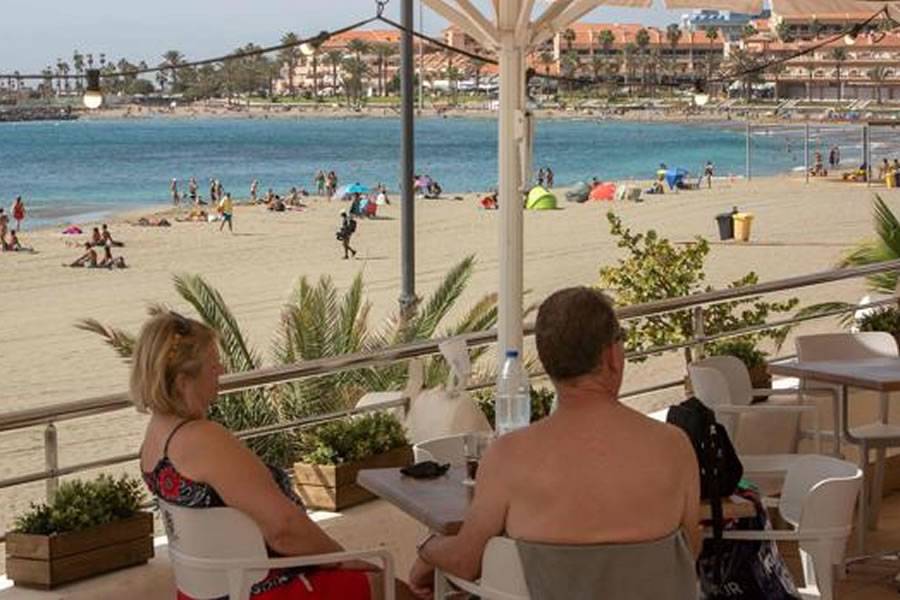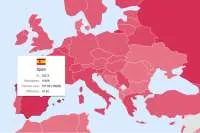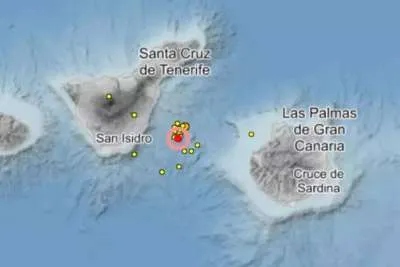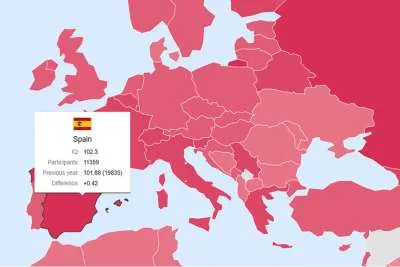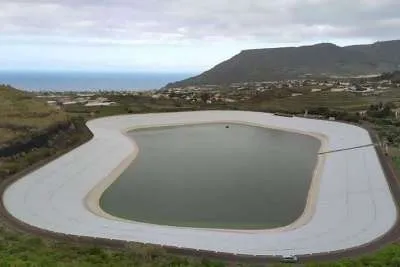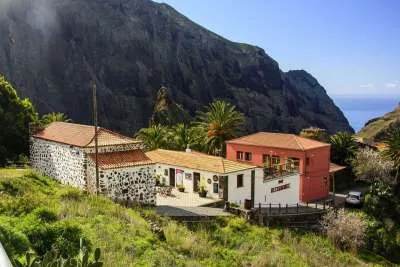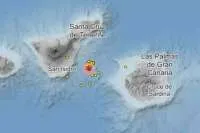Tourist spending reaches €6.64 billion in the Canary Islands in first quarter of 2025
- 16-05-2025
- Business
- Canarian Weekly
- Photo Credit: CW
Tourist expenditure in the Canary Islands totalled approximately €6.64 billion in the first quarter of 2025, a 1.75% increase compared to the same period last year, according to figures released yesterday (Thursday) by the Canary Islands Institute of Statistics (ISTAC).
The increase in spending accompanies a 2% rise in international visitors, with 4.4 million foreign tourists arriving in the archipelago between January and March, surpassing the previous record set in 2024.
UK Holidaymakers Lead in Spending
Tourists from the United Kingdom were the top spenders during the quarter, contributing a total of €2.1 billion, followed at a distance by visitors from Germany (€1.3 billion). The majority of this spending went toward accommodation and transportation to the destination.
Quarter-on-quarter, overall tourist spending grew by 7.5% compared to the final quarter of 2024.
Spending Breakdown
· Accommodation: €2.9 billion
· Transport (domestic and international): €1.8 billion
· Food and drink: €983 million. Of this, €684 million was spent in restaurants, cafés, and similar establishments.
By Island: Tenerife Tops the Charts
- Tenerife: €2.6 billion
- Gran Canaria: €1.8 billion
- Lanzarote: €1.1 billion
- Fuerteventura: €927 million
- La Palma: €75 million
While most islands saw increases in tourist spending, Gran Canaria was the exception. The most significant growth was seen in La Palma, up 15.75%, followed by Fuerteventura with a 14.14% rise.
Rising Daily Spend per Visitor
The average daily spend per tourist during the first quarter reached €180.97, up from €177 during the same period in 2024. The highest daily average was recorded in Tenerife (€187.67), followed by Lanzarote (€185.84). La Palma registered the lowest at €154.88 per day.
By Nationality and Demographics
- Irish tourists were the highest daily spenders: €204.11 per day
- Followed by Swiss tourists: €202.00
- The lowest daily expenditure came from Italian visitors (€144.10) and mainland Spanish tourists (€159.38)
Age and Gender Patterns
Tourists aged 25 to 44 were the biggest spenders by age group, averaging €196.93 per day, narrowly ahead of those aged 45 to 64 (€196.82). Men spent more on average than women, at €184.83 and €177.36 per day, respectively.
Airport Passenger Numbers Also on the Rise
In a further sign of tourism recovery and growth, Canary Islands airports handled 4.5 million passengers in April, representing a 9% increase compared to April 2024.
The latest figures confirm the continued strength of the tourism sector in the Canary Islands, a vital economic engine for the archipelago.


